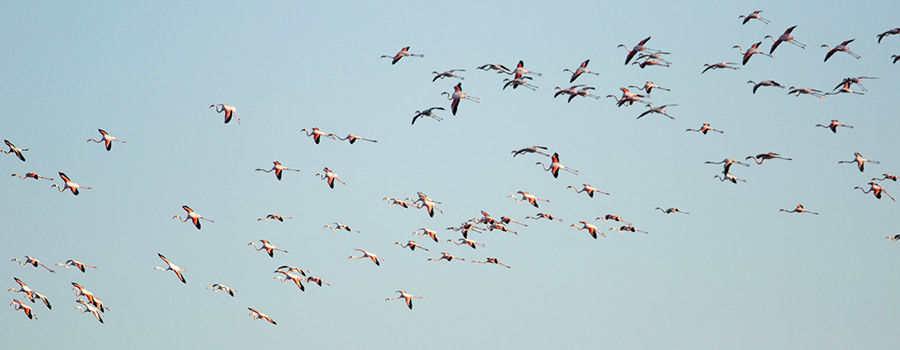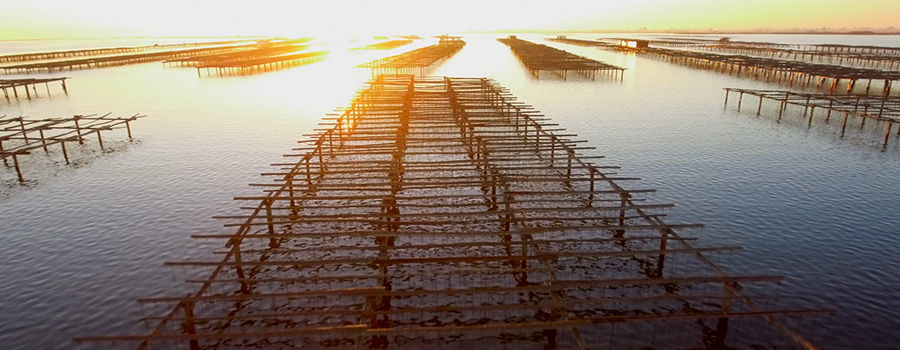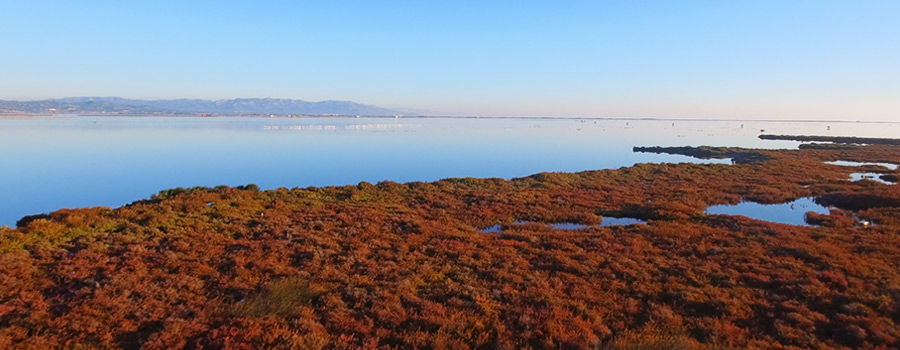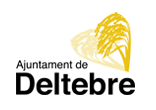
Terres de l’Ebre is an up and coming tourist destination, far from the built up conventional tourist traps, and with a mild climate all year long. It was declared a UNESCO Biosphere Reserve in 2013. It is without doubt a place you can enjoy with your friends and family. There are so many wonderful features in Terres de l’Ebre: the coast, a rich cultural and historical heritage, really beautiful countryside where you can enjoy doing lots of outdoor activities, typically Mediterranean cuisine, a wide range of leisure activities, areas which have strong wine and rice producing traditions, as well as a wide variety of popular festivals and activities recreating different eras in history. The Ebro River has always been, still is and quite possibly will continue to be the hub and meeting point of the four most southern regions in Catalonia. However, it is also a place to go if you want to enjoy yourself, whether it is sailing along the river on board a tourist ‘laúd’, which is a typical wooden type of yacht traditionally used for fishing, or having a go on a canoe or kayak.
The most outstanding feature of Terres de l’Ebre however, is the natural countryside, and is one of the main reasons why people visit. There are two Natural Parks, one is the Ebro Delta and the other Els Ports, there is a Nature Reserve and 19 other areas which are all protected by the Xarxa Natura 2000. 35% of the land here is protected; it is a veritable paradise for nature lovers, where you can go climbing, hiking or bird watching. Or if you prefer, you can go cycling in more mountainous areas or on the Delta plain, and there is of-course the famous Via Verde which crosses Terra Alta and Baix Ebre for a length of 49 km. The coast includes all the features that the Mediterranean has to offer. To the north there are isolated coves, hidden by cliffs, and to the south there are long extensive beaches of fine sand and shallow water. Sant Carles Water Sports Centre offers all kinds of sports and activities for the whole family from Alcanar to l’Ametlla de Mar.

The Ebro has been a key element for all the civilizations which have settled in the area. And they have all left their mark, a unique historical and architectural legacy giving personality and character to the four regions. Cultural diversity is reflected in a variety of ways, and can be seen on visits to the cave paintings in Ulldecona, which were declared a World Heritage Site by UNESCO, the historical monuments and buildings in Tortosa, the different sites of the Battle of Ebro, Gandesa and Pinell de Brai co-operative wine cellars or the Picasso Centre in Sant Joan. The richness of culture, history and festivals in this area is reflected in the friendly and welcoming people who live here, and in their cuisine, which is a mosaic of the best Mediterranean traditions, with rice being one of the most important ingredients, and is grown in many different towns in the region, such as Amposta. Added to this, there are of-course many different varieties of local fish and shellfish, vegetables, fruit and other products from the land like the Terra Alta Designation of Origin wine, olive oil and honey, many of these products have been awarded with certificates to back their quality.
There are lots of different festivals which have been declared of tourist interest, and take us back in time to different eras, such as the Tortosa Renaissance Festival, the traditional performance of the Passion of Christ in Ulldecona of the Sant Antoni festival in Ascó, which was declared a cultural festival of national interest.
Everything starts here in Deltebre. The ideal place to begin your walk and become more familiar with your destination. More information.













